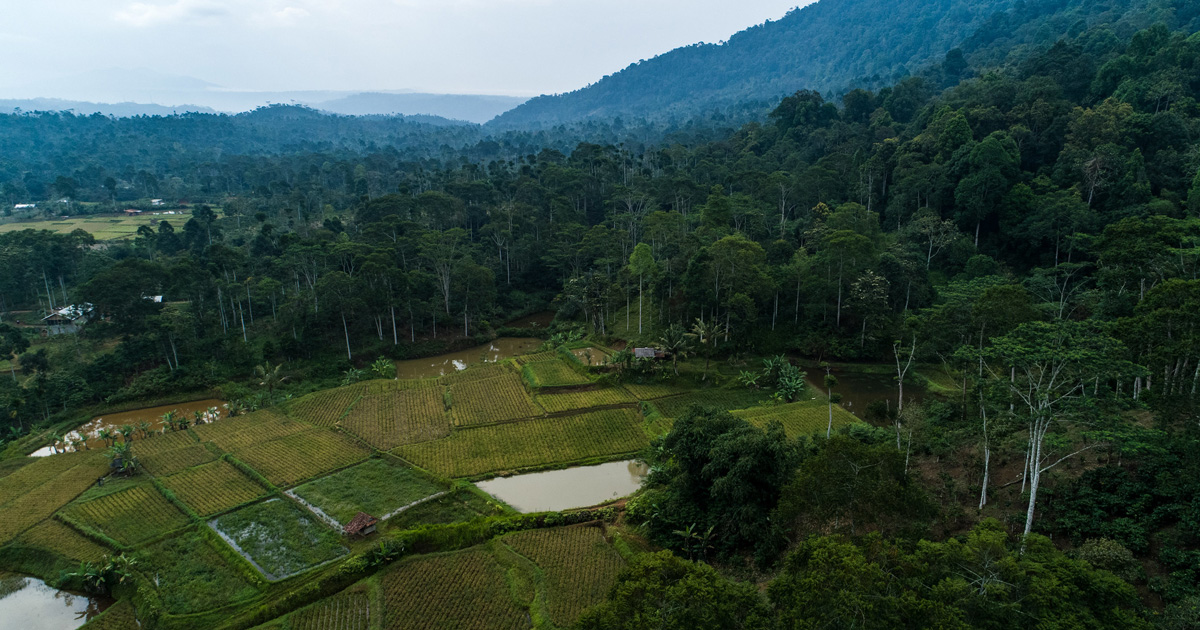With the increasing temporal resolution of medium spatial resolution data, seasonal features are becoming more readily available for land cover characterization. However, in the tropical regions, images can be severely contaminated by clouds during the rainy season and fires during the dry season, with possible effects to seasonal features. In this study, we evaluated the performance of seasonal features based on an annual Landsat time series (LTS) of 35 images for land cover characterization in West Sudanian savanna woodlands. First, the burnt areas were detected and removed. Second, the reflectance seasonality was modelled using a harmonic model, and model parameters were used as inputs for land cover classification and tree crown cover prediction using the random forest algorithm. Furthermore, to study the sensitivity of the approach to the burnt areas, we repeated the analyses without the first step. Our results showed that seasonal features improved classification accuracy significantly from 68.7% and 66.1% to 76.2%, and decreased root mean square error (RMSE) of tree crown cover predictions from 11.7% and 11.4% to 10.4%, in comparison to the dry and rainy season single date images, respectively. The burnt areas biased the seasonal parameters in near-infrared and shortwave infrared bands, and decreased the accuracy of classification and tree crown cover prediction, suggesting that burnt areas should be removed before fitting the harmonic model. We conclude that seasonal features from annual LTS improved land cover characterization performance, and the harmonic model, provided a simple method for computing annual seasonal features with burnt area removal. © 2016 by the authors.
DOI:
https://doi.org/10.3390/rs8050365
Altmetric score:
Dimensions Citation Count:

Publication year
2016
Authors
Liu, J.; Heiskanen, J.; Aynekulu Betemariam, E.; Maeda, E.E.; Pellikka, P.K.E.
Language
English
Keywords
biodiversity, savannas, land surface, phenology, time series, tropical forests, fire, soil, soil temperature
Geographic
Burkina Faso























